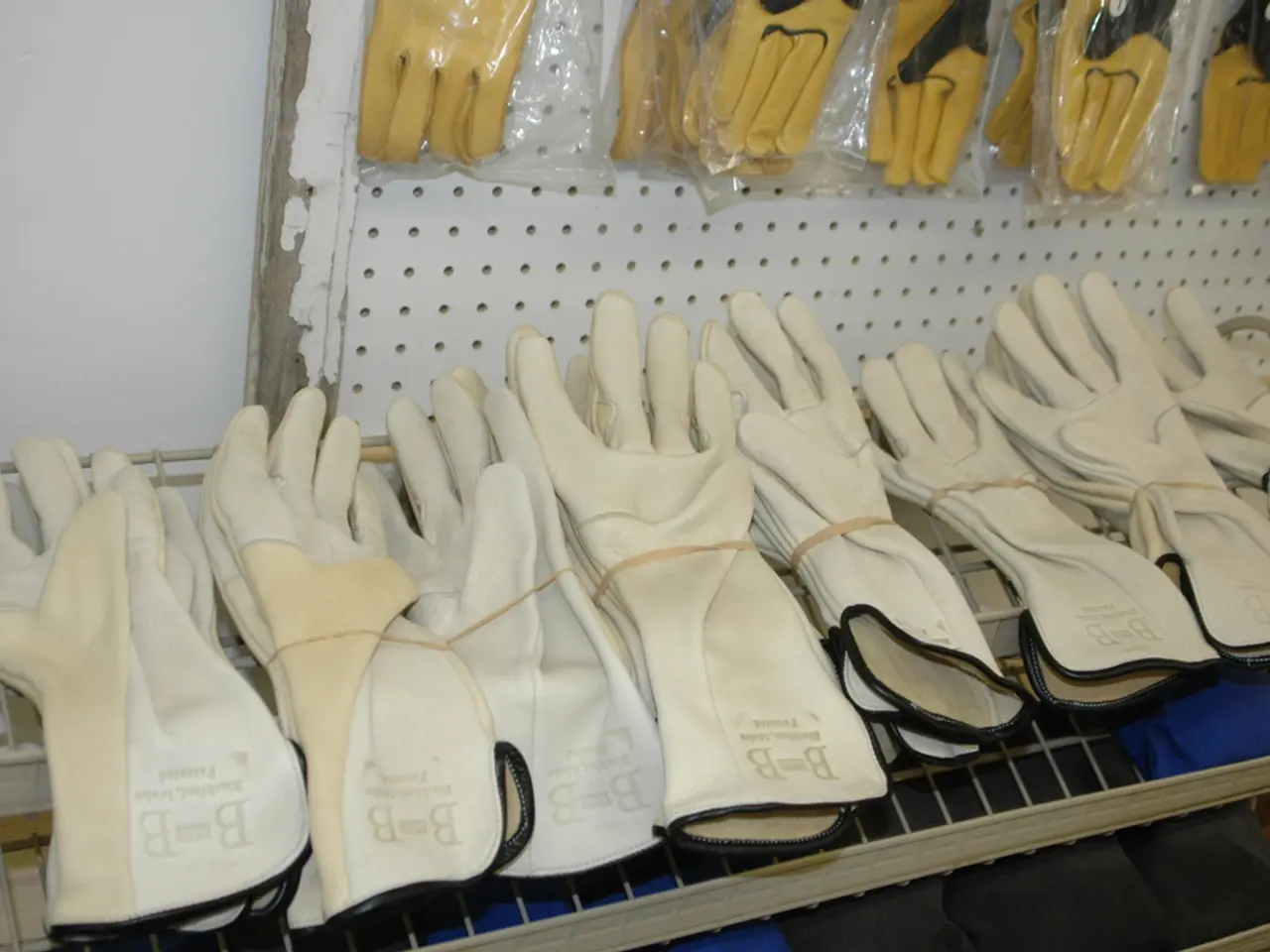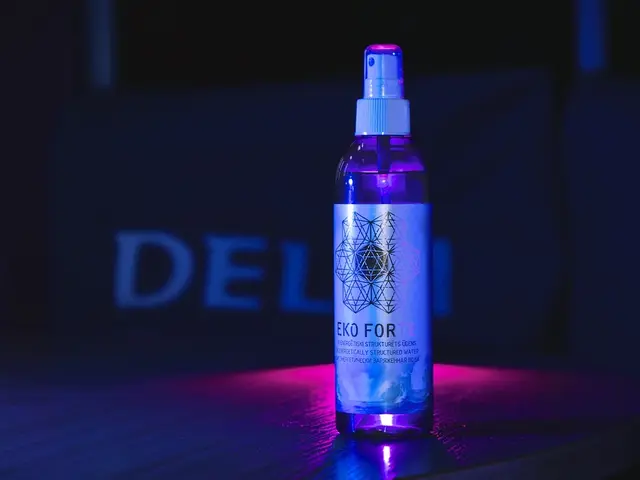Is it advisable to burst a blister?
In life, blisters can be an unwelcome visitor, causing discomfort and concern. This article aims to provide a clear and easy-to-follow guide on how to treat blisters caused by friction, burns, and skin conditions.
First and foremost, it's essential to avoid popping intact blisters, as this can increase the risk of infection. Instead, leave the blister roof (top skin layer) intact if possible, as it protects the underlying new skin and fluid. If the blister bursts, clean the area gently with mild soap and water to prevent infection. Then apply an antibiotic ointment and cover with a sterile, non-stick bandage or cushioned dressing like gauze or moleskin padding for pressure relief.
For friction burns, which may blister, clean gently, apply antibiotic ointment, and cover with a sterile, non-stick dressing. Avoid further irritation and keep the wound moist and protected to speed healing.
When it comes to minor burns, cool the burn with cool (not cold) water for 10–15 minutes, dry gently, and cover with a sterile, non-adhesive bandage. Avoid ice or breaking blisters. If a blister bursts spontaneously, carefully remove loose dead skin with sterile scissors and dress the raw area to heal.
For blisters from skin conditions, such as allergic reactions, treat the underlying causes, avoid allergens, and use topical corticosteroids or cool compresses as advised by a healthcare provider.
In certain situations, it's advisable to consult a healthcare provider. Blisters that are large, extremely painful, or located on sensitive areas like the face or joints should be evaluated. Signs of infection, such as increased redness, swelling, pus, warmth, or worsening pain around the blister, are also red flags. Deep or extensive burns, or burns with blistering over a wide area, require prompt medical attention. If underlying skin conditions causing blisters worsen or do not improve with basic care, consult a healthcare provider.
Cutting a small pad into a donut shape and using it to cushion a blister can help treat it. Applying powder or petroleum jelly to areas of friction can help prevent friction blisters. The depth of a blister determines whether or not it will scar, with deeper injuries more likely to form scars. If a blister is particularly large and painful, it's advisable to consult a healthcare provider before draining it, especially if one has a condition that puts them at a higher risk for infection.
By following these guidelines, you can reduce complications and promote healing while minimizing infection risk. Early professional evaluation is crucial for severe, infected, or persistent blister-related issues.
Maintaining good health and wellness includes understanding skin care, particularly when dealing with medical conditions that may cause blisters. For instance, if you have blisters due to allergic reactions, it's crucial to identify and avoid the allergens, and use recommended treatments such as topical corticosteroids or cool compresses to alleviate the symptoms. Additionally, practicing preventive measures like applying powder or petroleum jelly to areas of friction can help avoid friction blisters in the first place.




